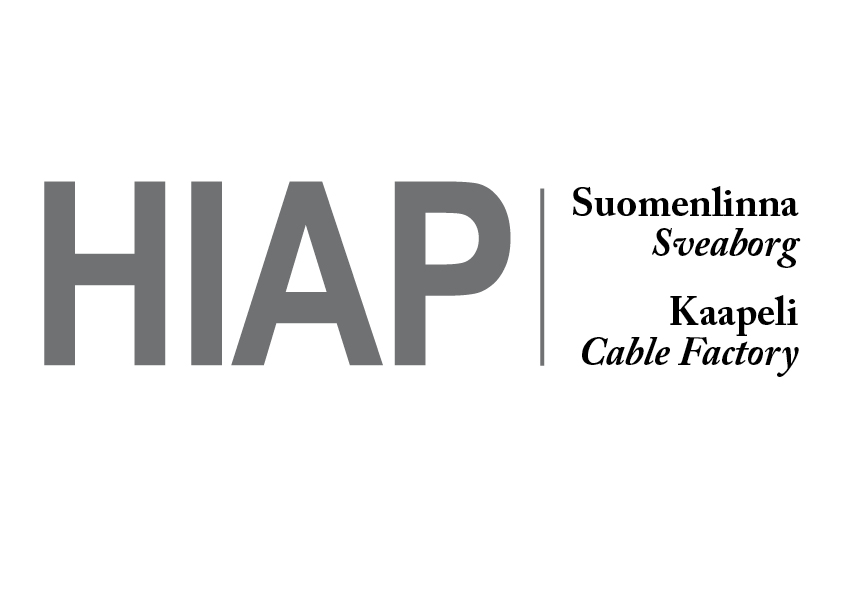Collaborations
Step-By-Step
Career Development Programme For Young Art Professionals
Due to on-going financial crises and the closure of Nordic cross-border institutions, many younger generation artists, curators and critics (especially those under 35 years) have difficulties obtaining international experience and exposure following graduation. Few instances reach out to the grassroots, connecting them to professional levels. Younger generations lack international-level work experience, up-to-date discourse with curators and critics, and showcasing possibilities. This has already led to a substantial ‘brain drain’ – to Berlin for example. This problem is acute in the Baltic countries, but common to the entire Nordic region.
Thus it is evident that cross-border co-operation in the cultural field is in need of re-building and rejuvenation. The Step-by-Step Career Development residency programme focuses on securing the international dynamism of the cultural field by mobilizing art professionals of the future from the Baltic Countries. A new cross-border model whereby young artists, curators and critics circulate through HIAP residencies and partner institutions in the Baltic Countries will be implemented.
Unfortunately, often innovative work of institutions established by younger generation practitioners fails to bear fruit due to insufficient outreach by older-generation and established institutions. The absence of core funding, know-how and international networks means funding tools are out of the reach of many promising start-ups. Thus HIAP’s partner institutions in Baltic Countries will be EKKM in Tallinn, KIM? in Riga and new artists-in-residency centre which will be opened in 2012 by Tulip and Roses Gallery in Vilnius. (The centre will focus especially on supporting newly graduated local artists.)
The Step-by-Step Career Development programme aims to create new networks and connections in the region for young practitioners both within and outside participating countries. But most importantly, this programme focuses on developing the potential of young artists, curators, and critics in developing international level quality in their works step-by-steep (career development). All selected participants will be mentored by HIAP’s curator Marita Muukkonen, and established network of curators from the Baltic Sea region throughout their residency and after that during the duration of The Step-by-Step Programme 2-years in producing new works, curatorial concepts and critical writing.
The objectives of the Step-by-Step Proramme are:
- promote next-generation cultural development through intensified horizontal (cross-border) internationalization and career development of young professionals
- enhance the vibrancy of cultural life of Baltic cities, and partnership in the wider region
- re-build cross-border bridges and forums across the Baltic field, which were lost in the 2000s
- provide a laboratory for peer-to-peer research and review, development, productions and dissemination of ideas, works and exhibitions
Partner Institutions
KIM? Contemporary Art Centre
KIM? Contemporary Art Centre resides in a red 19th-century brick warehouse located in a sometime degenerated area near the Riga Central Market. The name of kim? is no less than an abbreviation of an insistent question “what is art?” (“kas ir māksla?” in Latvian). Our organization offers a certain range of activities such as exhibitions, lectures, discussions, a library, publications and other events related to recent art, theory and social issues introduced by means of local and international corpus of ideas, beliefs and individuals. kim? supports the development of emerging artists, theoreticians, curators, philosophers, translators and thinkers of other spheres aiming to provide a responsive context to their work and to make critical practices accessible to a wider audience.
EKKM – The Museum of Becomings
When, in the fall-winter of 2006, Marco Laimre and Neeme Külm started to clean the trash out of the former Tallinn Heating office building at the top of the loading dock of the old boiler house at Põhja pst. 35, the idea of the Culture Cauldron was already in the air and Kumu had already opened. The first exhibition in the squatted spaces took place in May of 2007 (Work Nourishes, curator Elin Kard). The first exhibition under the aegis of the Estonian Museum of Contemporary Art (EKKM) took place in June of the same year. (Dream Economy, curator Marco Laimre). The EKKM can be perceived as a certain kind of counter-public institution that includes many traits inherent to normative public institutions, but whose goal is to conceive of another kind of institutionalism. The EKKM is a kind of self-instituting method. It occupies the position of the missing museum of contemporary art. A separate task is to create a strange concept of a museum as such. What is it that makes a museum a museum and what kind of museum is actually possible? Anders Harm and Marco Laimre are currently the main protagonists of EKKM’s development, and the main partners for the current application.
The programme is supported by the Nordic-Baltic Mobility Programme for Culture which is jointly financed by the Nordic Council of Ministers and the Ministers of culture in the Baltic countries.

